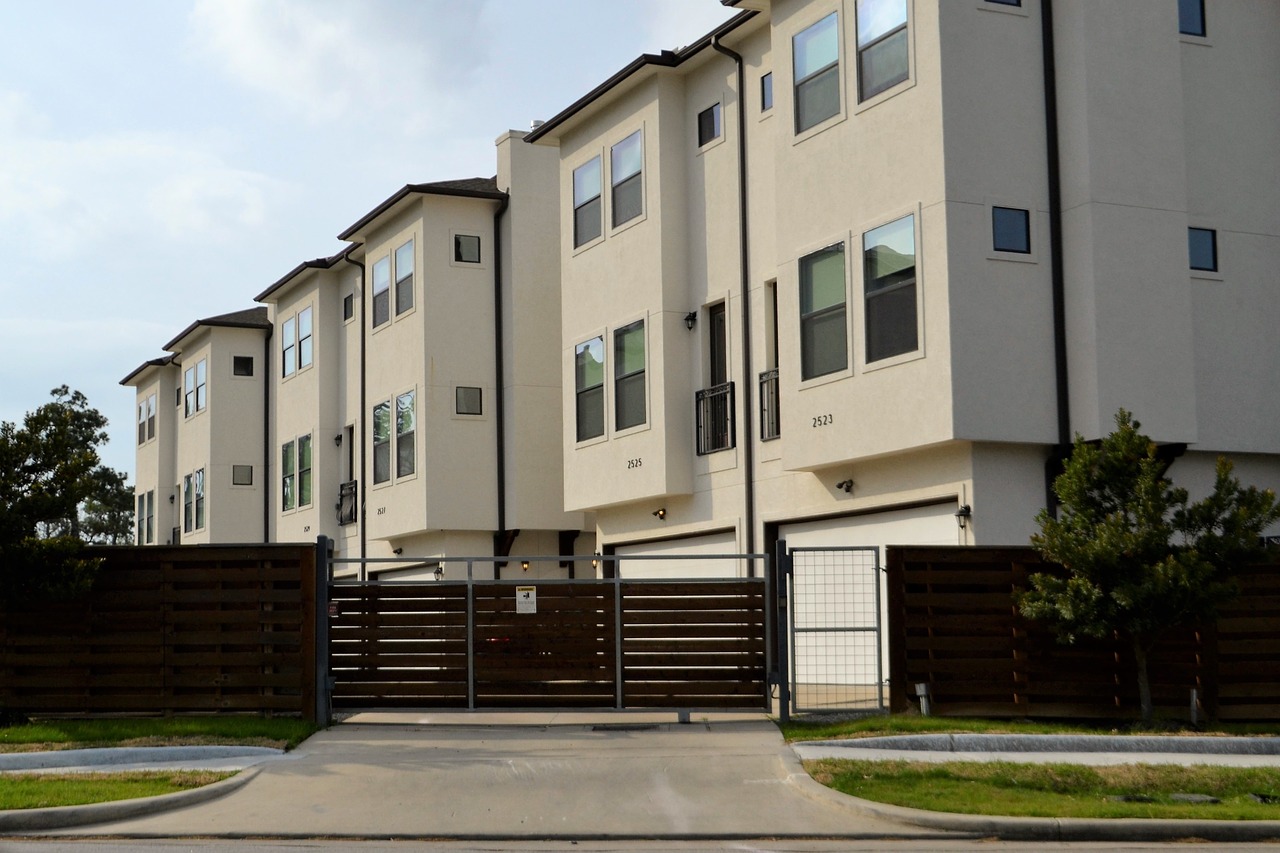By Frank Andorka, Senior Correspondent
What Happened:The Interstate Renewable Energy Council has released a report outlining two potential paths to enable greater solar access for renters and multifamily residents, and low-to-moderate income communities.

A new IREC report reveals new paths for renters and multifamily dwellings to add solar to their electricity production.
SolarWakeup’s View: Last week, I gave major props to solar support Silvio Marcacci’s article in Forbes magazine that discussed there might be 320 GW of untapped solar potential on non-traditional solar applications, including multifamily and other commercial properties. Then the Interstate Renewable Energy Council (IREC) published a report called Expanding Solar Access: Pathways for Multifamily Housing, which offers two pathways to reach Marcacci’s proposed goal.
I’m sensing a pattern.
Unsurprisingly, the key to adding solar to multifamily housing is shared solar or, as it is more commonly referred to within the industry, community solar.
“Shared solar programs can enable multiple customers, including renters in multifamily housing, to share the economic benefits of a single solar power system and to receive credits on their utility bills for the electricity generated by that common system,” explains IREC Regulatory Program Director Sara Baldwin Auck. “Given the large percentage of renters nationwide, policymakers need to ensure that policies and programs allow them to take advantage of the benefits of solar and other related clean energy technologies, such as energy storage and energy efficiency,” says Auck.
Also unsuprising is the fact that the Bullitt Foundation says low-income households are disproportionately affected by the rising cost of energy, paying up to four-times the proportion of income on energy costs relative to their higher-income peers. So to make solar the truly revolutionary electricity generation form everyone expects it to be, you have to find ways to give non-traditional solar users access.
The new IREC report points in the right direction. Take a look.
More:


